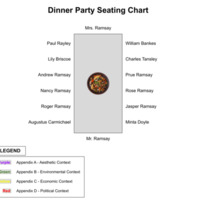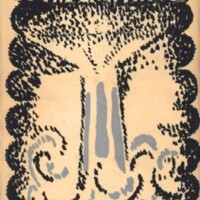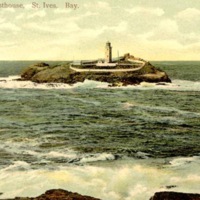Browse Exhibits (5 total)
Entrée: Dinner Party Seating Chart

Our entrée into the exhibits is a chart of the dinner party with the placement of characters around the table determined by the narrative itself, which tells us who was seated by or across from whom, for the most part. (At one point during the dinner party, Mrs. Ramsay looks at her children sitting in a row: Jasper, Rose, Prue, Andrew. Yet elsewhere we read that Andrew was seated next to Lily, who was seated across from Charles Tansley and beside Paul Rayley, so the placement of people around the table is somewhat indeterminate.) Not noted are the youngest Ramsay children, Cam and James, who are in the nursery. All characters are identified here, and the ones in color are the portals to the various appendices, including the main entree of Mrs. Ramsay's dinner party, prepared by Mildred the cook.
Exhibit A: Art and Aesthetics in Woolf's Time

“By the way, surely Lily Briscoe must have been a rather good painter--before her time perhaps, but with great gifts really?”[1] So wrote Vanessa Bell to her sister Virginia Woolf on a spring day in 1927, referring to the fictional young artist inspired by Bell and featured in Woolf’s latest modernist novel, To the Lighthouse. Both Bell, a painter, and Woolf, a writer, participated in conversations around contemporary developments in art and aesthetics: in the early twentieth century, these revolved around Post-Impressionism and form. New conceptions of form in both the visual and literary arts helped pave the way for modernist innovations.
[1] Vanessa Bell and Regina Marler, Selected Letters of Vanessa Bell 1st ed. (New York: Pantheon Books, 1993), 318.
Exhibit B: Virginia Woolf, Modernism, and the Environment

Though Environmental readings of Woolf’s novels have recently become more prevalent in Woolf studies, there are still many points of connection between Woolf, the Modernist movement, and Environmentalism that remain unexplored. We hope that drawing attention to a few of these interwoven elements will encourage students to seek out further connections and to more fully investigate the role of the natural world in Woolf’s works.
Exhibit C: Economies of Coastal Communities

The nineteenth and twentieth centuries brought significant economic changes to coastal communities across Great Britain. This appendix provides an in-depth look at fishermen, lighthouse keepers, railways, and domestic servants and how each supported economic growth in seaside villages such as the one depicted in To the Lighthouse.
Exhibit D: The Politics Of War

To the Lighthouse spans a young lifetime, during which the Great War, or the first World War, comes and goes. This appendix introduces the politics of war that was omnipresent in Europe at the time, not just during the war, but before and after it as well.
To do so, we investigate the non-linear form of the 'war cloud' which darkens Europe before, during, and after the first World War.
